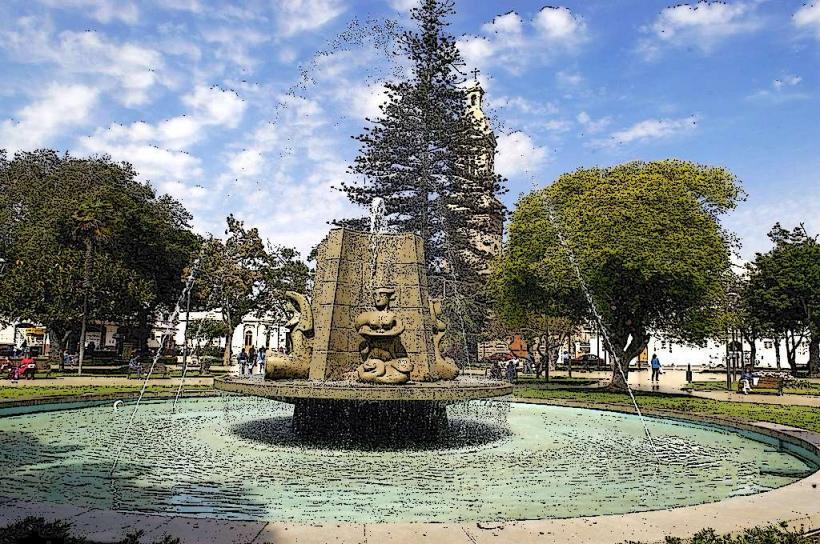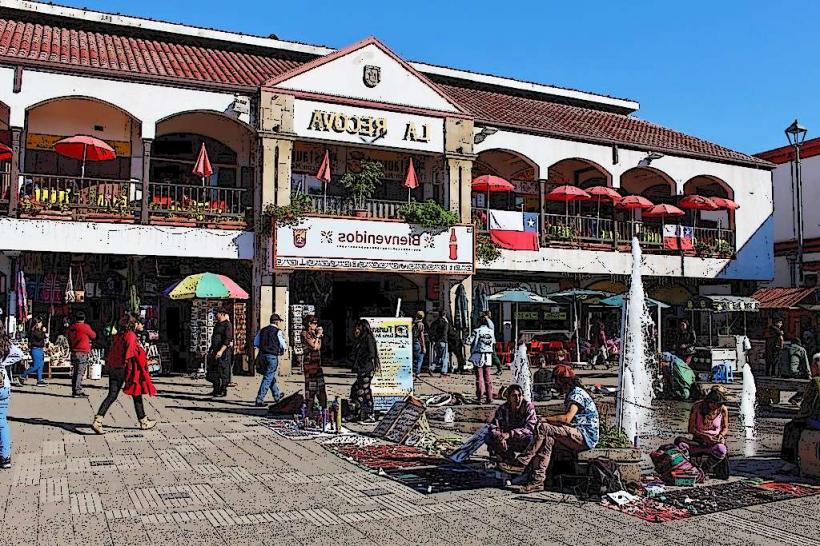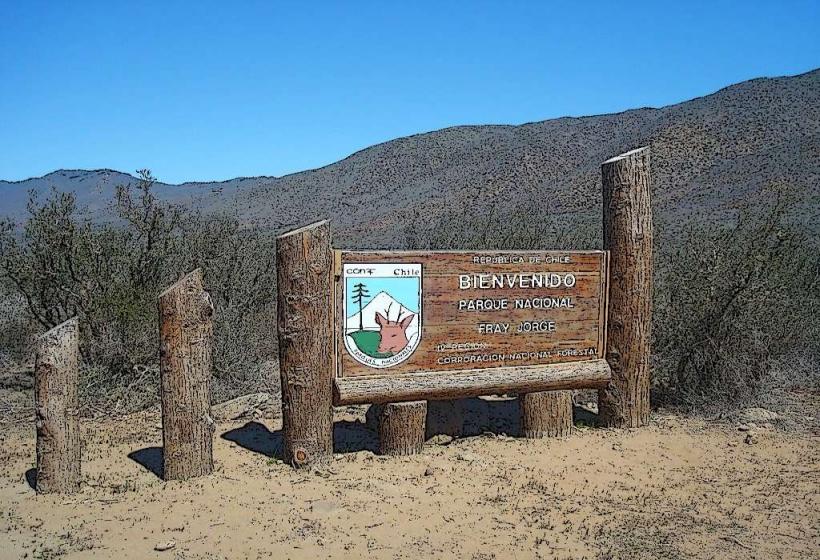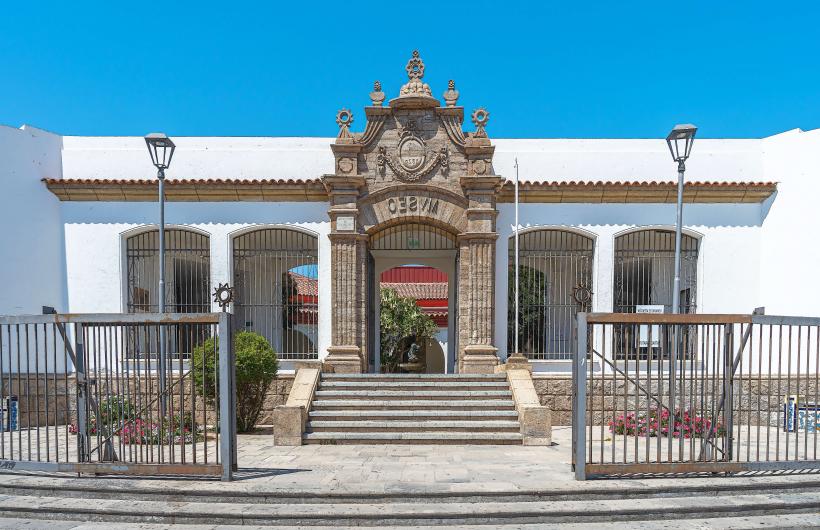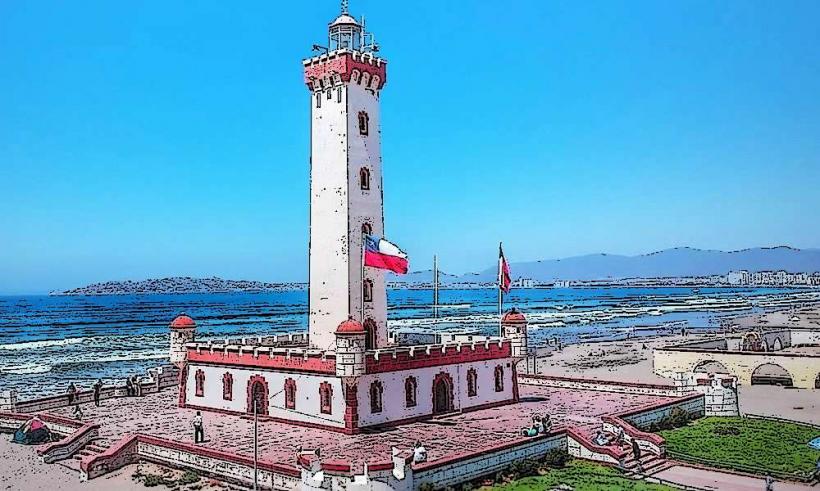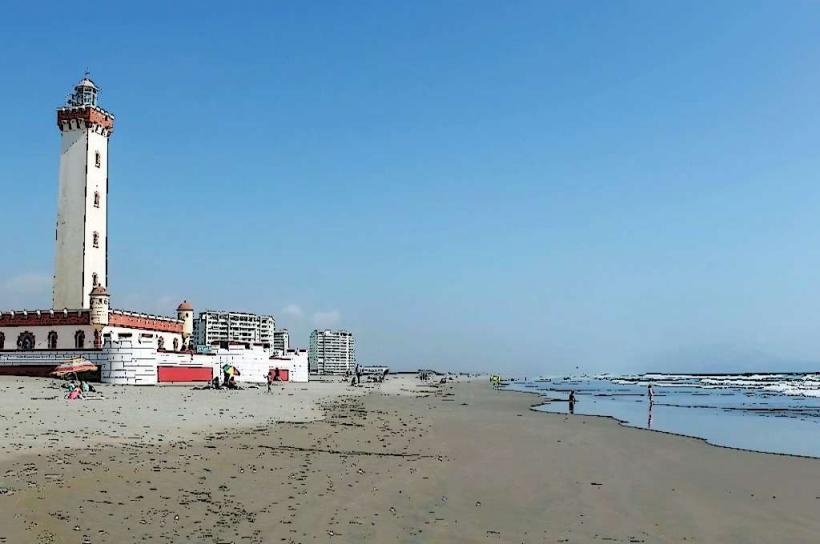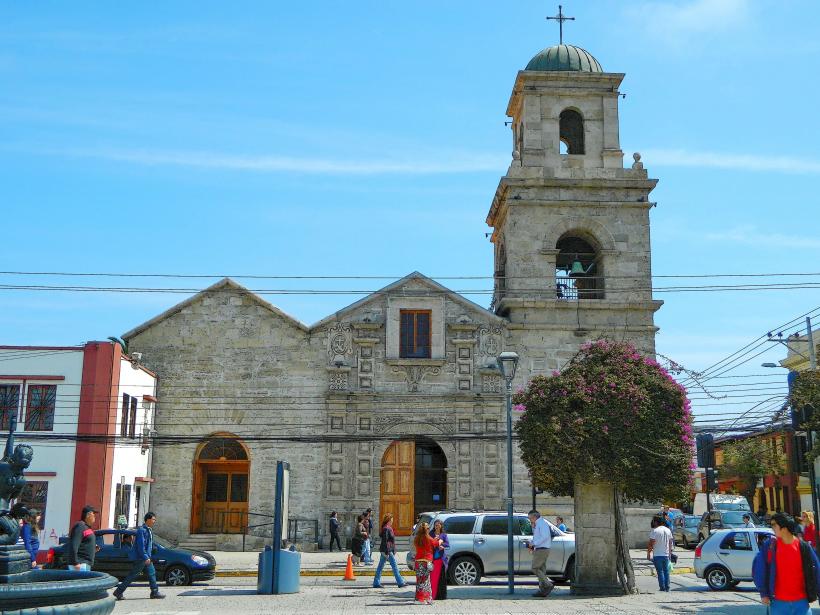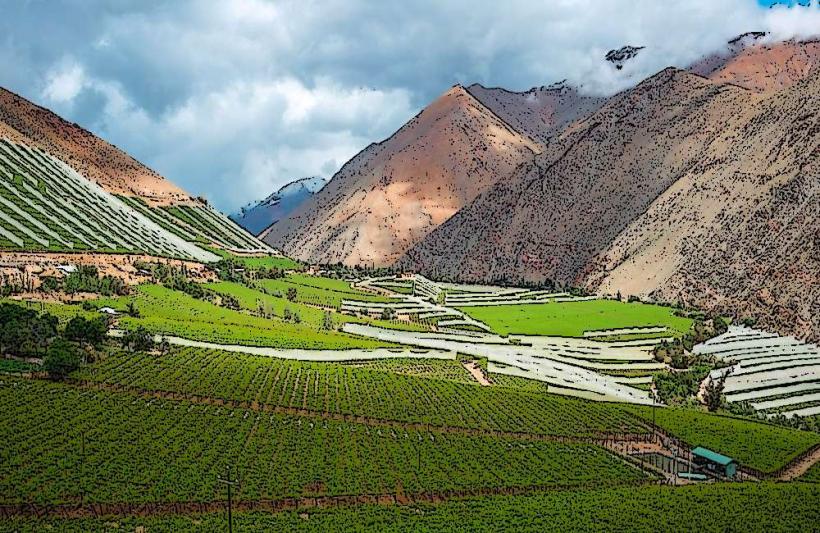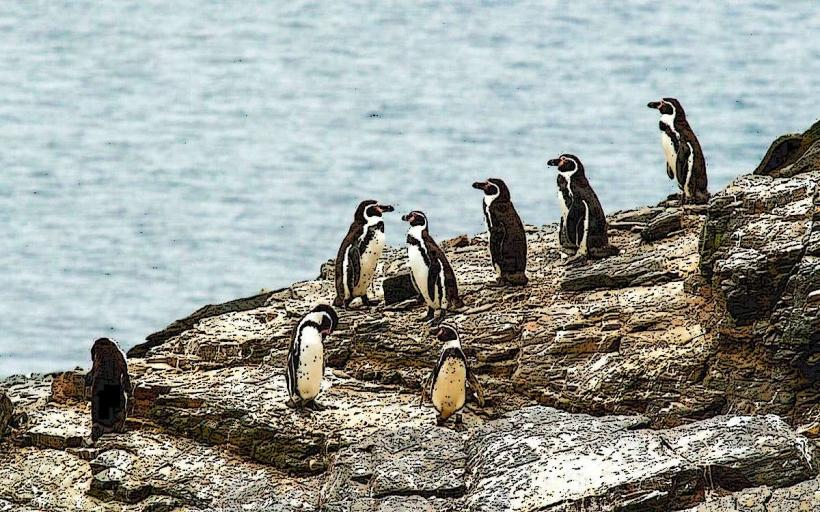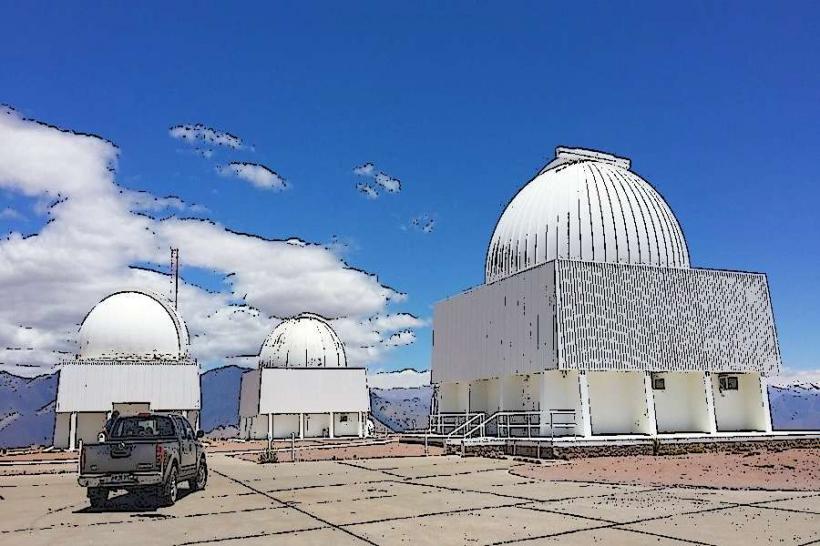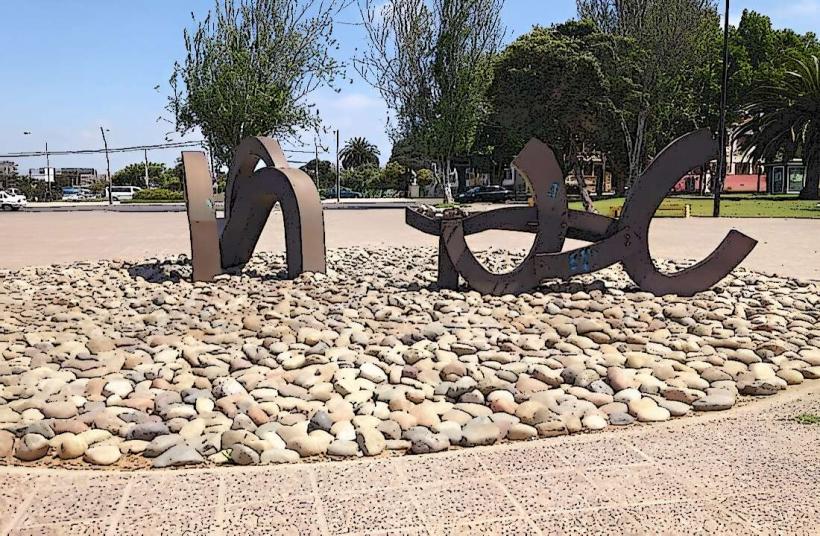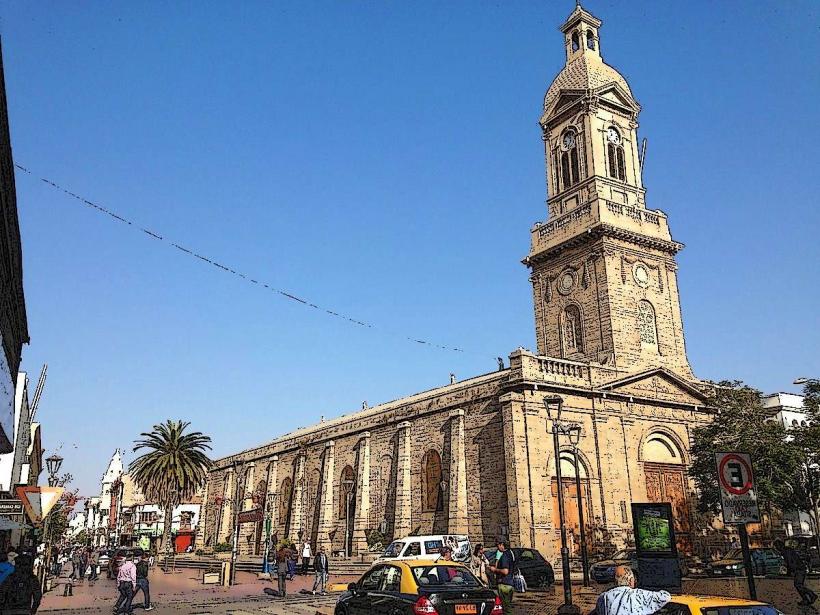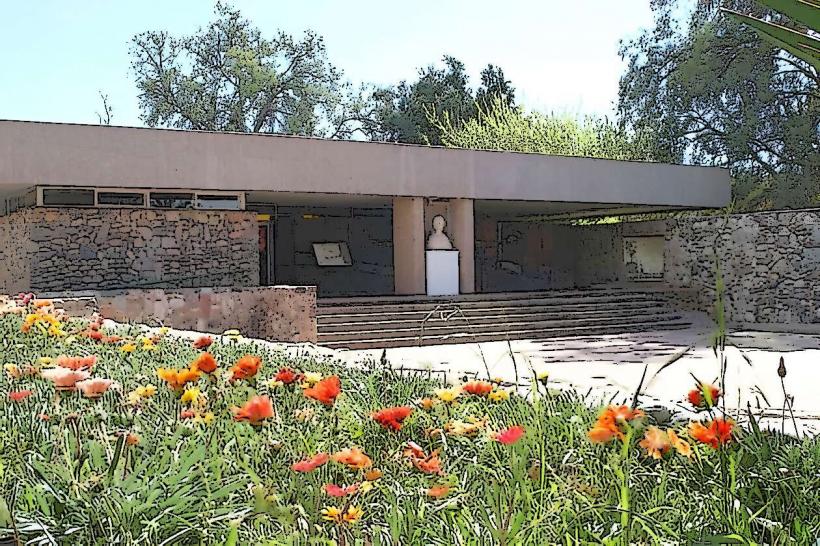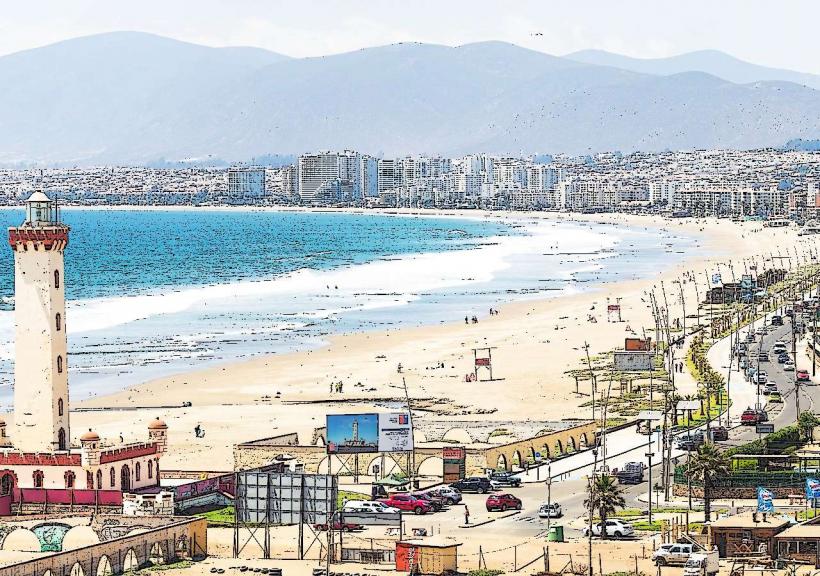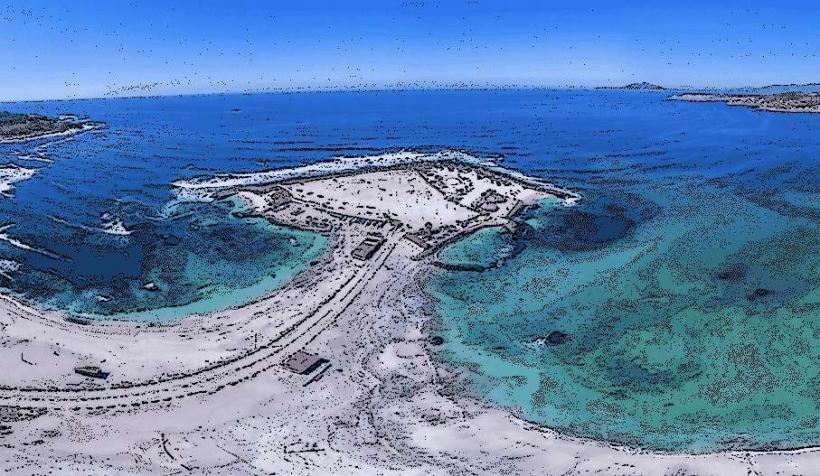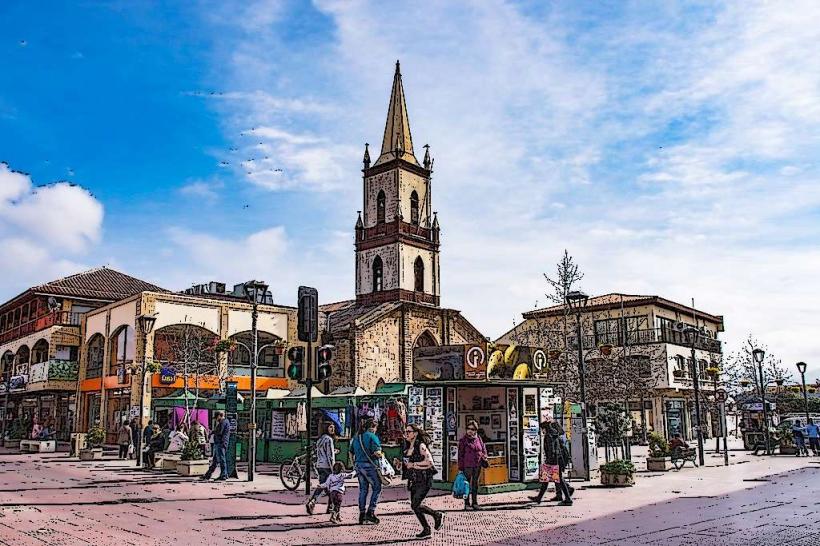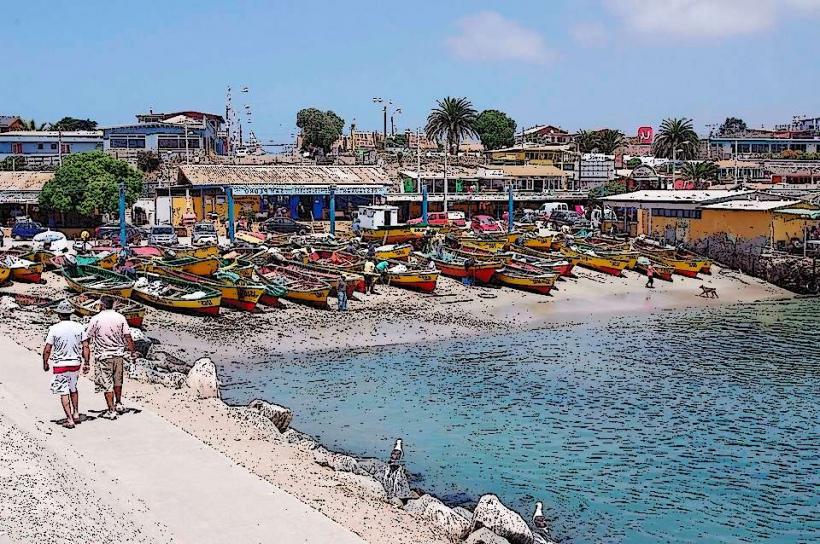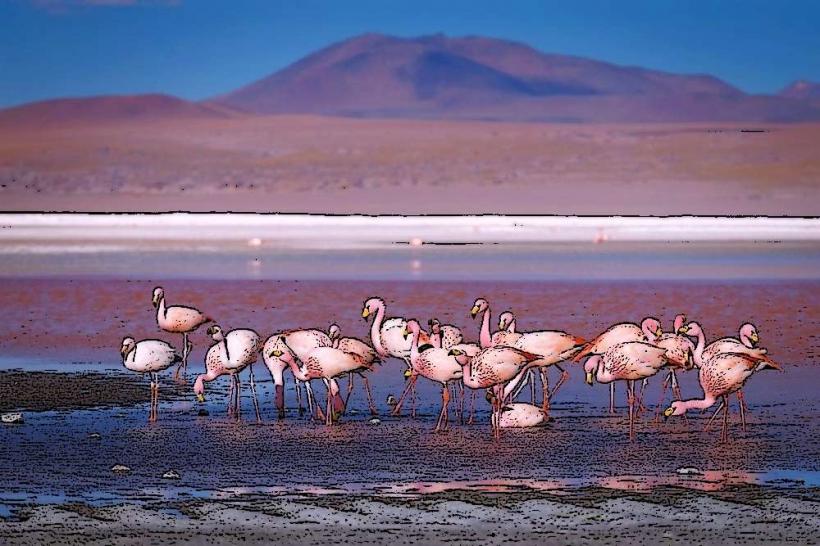Information
City: La SerenaCountry: Chile
Continent: South America
La Serena, Chile, South America
Overview
La Serena sits on Chile’s northern coast, in the sunny Coquimbo Region, where sea breezes roll in from the Pacific.Founded in 1544, it’s the country’s second-oldest city, famous for golden beaches, centuries-old stone buildings, and a lively cultural pulse.In northern Chile, La Serena draws visitors with its easy access to the sun-drenched Elqui Valley and its position as the starting point for trips to the region’s star-filled observatories.The city mixes old-world charm with sleek modern comforts, drawing crowds from nearby towns and far-off countries alike.One.Francisco de Aguirre founded La Serena in 1544, placing it among the oldest cities in Chile, where weathered stone streets still echo with its long past.For centuries, it shaped life in the colonial era, and in the early 1800s, cannons once roared there during Chile’s War of Independence.In the Spanish colonial era, La Serena grew into a key trading port, its docks busy with crates of goods bound for distant shores.You can still spot the city’s colonial roots in the tall stone churches and the weathered facades of its public buildings.In the 1800s, La Serena kept expanding, its markets buzzing with traders, farms stretching toward the hills, and streets alive with music and festivals.The port thrived thanks to steady development and its prime spot along a busy trade route where sails dotted the horizon.In the 20th century, the city grew into a bustling modern hub, yet narrow cobblestone lanes still whispered of its past.Today, La Serena bustles as a hub of culture, commerce, and tourism in northern Chile, with sunlit plazas and busy markets drawing locals and visitors alike.Number two.La Serena sits on the Pacific coast, where dry desert stretches behind it and rugged mountains rise in the distance.The city’s mild breezes and stunning scenery draw visitors looking to split their days between lounging on warm sand and hiking through lush green trails.In La Serena, the climate feels Mediterranean-warm, dry summers where the air smells faintly of dust, and winters that turn cooler and bring steady, gentle rain.In summer, days hover between 14°C (57°F) and 25°C (77°F), warm enough for shirtsleeves, while winter cools to 8°C (46°F)–18°C (64°F).Rain is scarce in the city, with most of it falling in the chill of winter, and the rest of the year the streets soak in warm, steady sunlight.La Serena sits between golden beaches and dry, open desert, offering a mix you won’t find just anywhere.Just outside lies the Elqui Valley, known for skies so clear you can pick out the Milky Way with the naked eye, and dotted with observatories that draw astronomers from around the world.Three.In La Serena, tourism, farming, and fishing keep the economy humming, while mining and local shops add their share.Tourism: La Serena draws crowds with its golden beaches, centuries-old churches, and the nearby Elqui Valley, where vineyards stretch under a bright Andean sky.In the past few years, the city’s tourism has surged, drawing more visitors from across the country and abroad-crowds that fill cafés and line up at museum doors.In the fertile valleys around La Serena-like the sunlit Elqui and Limarí-you’ll find orchards heavy with fruit, especially grapes destined for pisco, the smooth South American brandy, and rich local wines.The region grows olives, avocados, and bright citrus fruits that scent the air in late summer.In La Serena, the salty air carries the scent of fresh catch from a fishing industry that thrives along its coast.The city’s port bustles with both commercial trawlers and small wooden boats, and the day’s catch-still smelling of salt and sea-is at the heart of the local cuisine.Mining thrives in the nearby Atacama Desert, where rich deposits of copper and lithium glint under the sun and help drive the region’s economy.Number four.La Serena blends historic charm, golden beaches, and star-filled skies, offering something for travelers with all kinds of interests.Plaza de Armas, the lively heart of La Serena, sits ringed by graceful colonial-era buildings, with the white-stone Catedral de La Serena standing proudly at its edge.The square draws both locals and visitors, who linger by its bronze statues and weathered stone monuments.Catedral de La Serena rises in the heart of the city’s main square, its neoclassical façade making it one of the most important places of worship in town.Built in the 19th century, it boasts a striking façade and stained-glass windows that glow like jewels in the afternoon sun.La Serena Lighthouse stands right on the sand, built in the early 1900s, and from its top you can see the coastline stretch away in both directions under the salty breeze.It’s now a city landmark, drawing tourists who snap photos beneath its weathered stone arch.At the Museo Arqueológico de La Serena, you can wander past polished stone tools, intricate pottery, and other treasures that tell the story of the region’s Indigenous peoples, its pre-Columbian past, and the first years of Spanish colonization.Casa de La Cultura buzzes with life, hosting art exhibits, live music, and theater under its warm, echoing halls-bringing the city’s vibrant arts scene to life.La Serena is famous for its many historic churches, from the stone towers of Iglesia San Francisco to the warm, sunlit walls of Iglesia de Santo Domingo and the graceful arches of Iglesia de la Merced.These churches showcase the elegance of colonial architecture, their whitewashed walls glowing in the afternoon sun, and they deepen the city’s rich cultural heritage.La Serena is home to stunning stretches of sand, from the lighthouse views at Playa El Faro to the calm waters of Playa Canto del Agua and the sheltered curve of Playa La Herradura.These beaches are perfect for a morning swim, catching waves, stretching out in the warm sand, or spiking a volleyball under the bright sun.About a 45-minute drive from La Serena, the Elqui Valley draws visitors with its crystal-clear night skies, perfect for stargazing, and its vineyards and pisco distilleries where the scent of grapes hangs in the warm air.The valley hosts observatories like Mamalluca and Tololo, where visitors can join guided night tours and gaze at constellations glittering in the dark.Fray Jorge National Park lies about 100 km (62 miles) from La Serena, a UNESCO biosphere reserve where a rare fog-fed forest flourishes, its leaves glistening each morning with moisture from the sea mist.You can hike winding trails through pine-scented air and pause to watch bright flashes of wings as birds dart between the trees.Pisco Elqui, a charming town tucked into Chile’s sunlit Elqui Valley, is where pisco-the country’s beloved national spirit-was first born.The town’s famous for its winding cobblestone streets, bright little art galleries, and pisco distilleries where you can sip a sample after the tour.Just outside La Serena, La Silla Observatory houses some of the region’s most advanced telescopes, their silver domes catching the first light of dawn.Punta de Choros, a quiet fishing village about 100 km (62 miles) north of La Serena, serves as the jumping-off point to Damas Island, Choros Island, and Isla Grande, where turquoise water meets rocky shores.The place is famous for its rich marine life-you might spot sea lions basking on the rocks, penguins shuffling along the shore, and dolphins cutting through the waves.Vicuña sits in the heart of the Elqui Valley, a small, sunlit town rich in history and forever tied to Gabriela Mistral, the Nobel Prize–winning poet who once walked its quiet, dusty streets.It’s also a favorite spot for stargazing, where the night sky spills over with countless bright pinpricks of light.Combarbalá, a small town in the Limarí Valley, is famed for its striking mineral formations-especially deep violet amethyst-and its rich geological heritage.
Landmarks in la-serena

